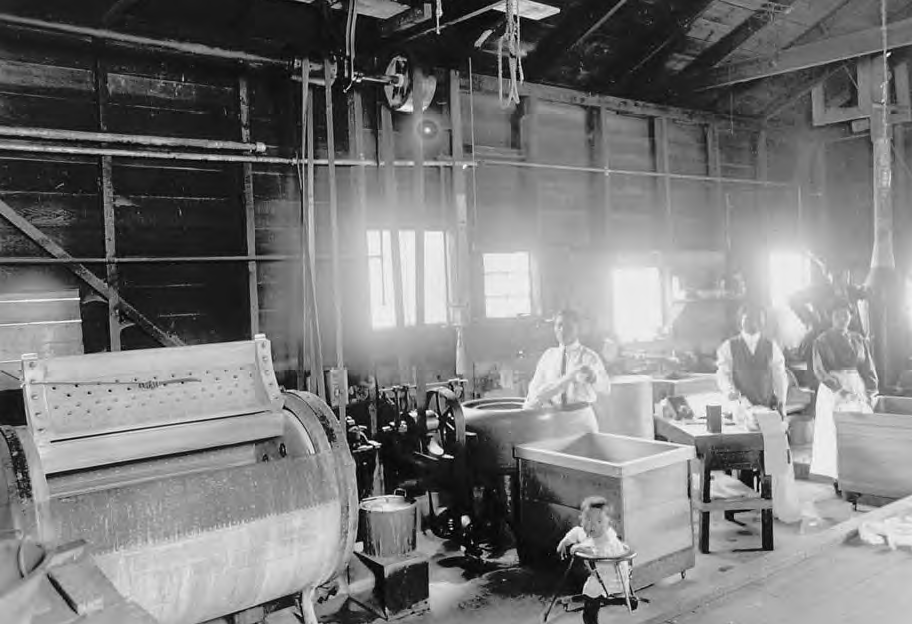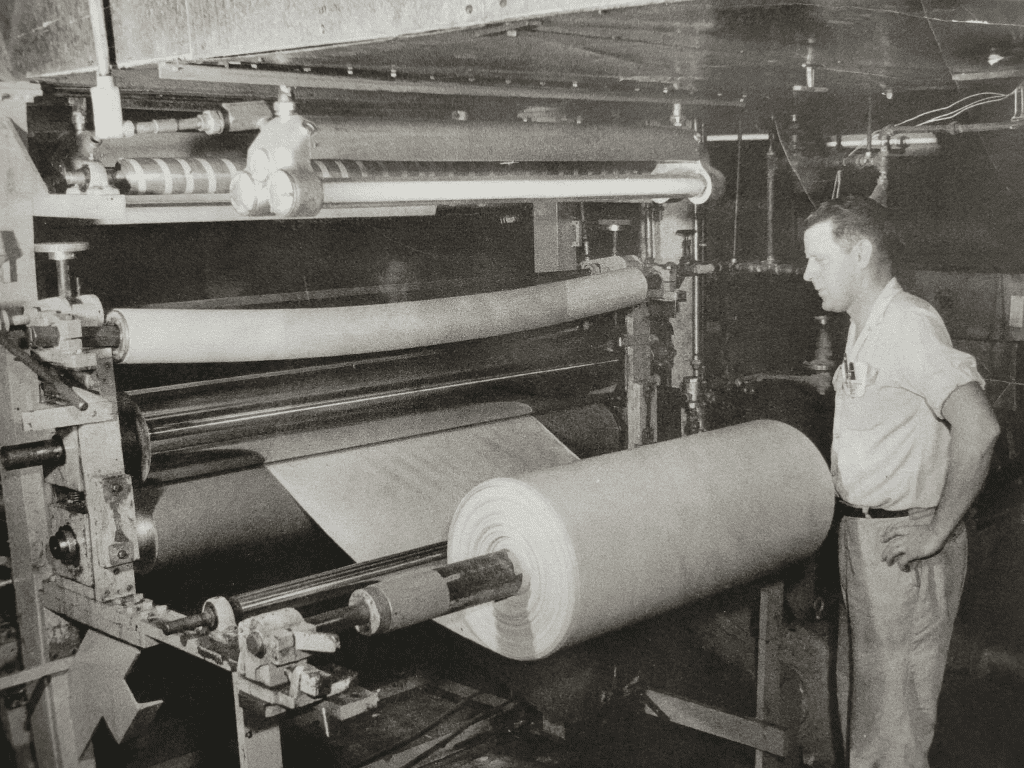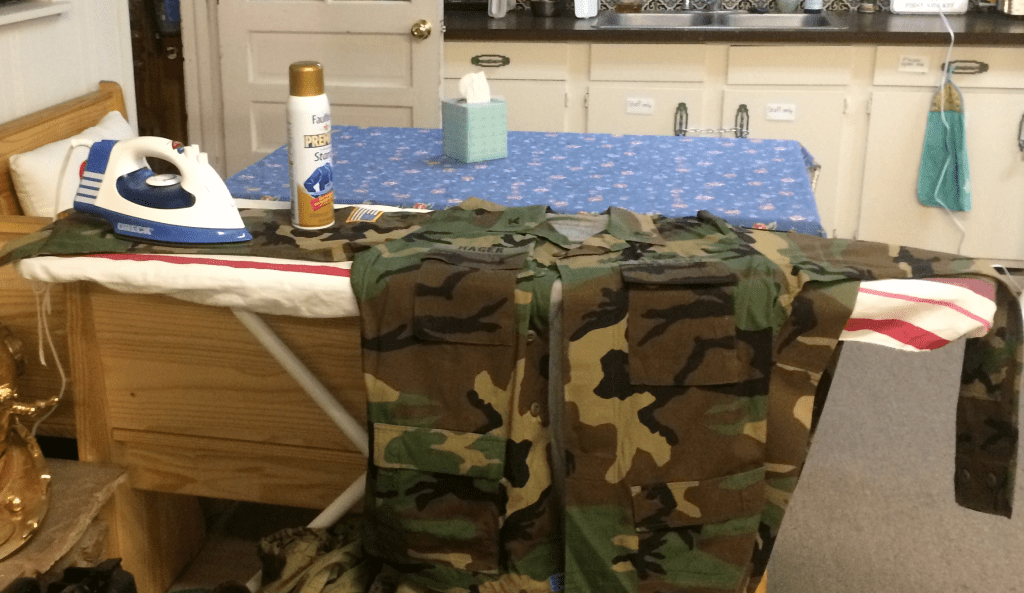In 1894, a quiet revolution began in the most unexpected of places a laundry room. Charles Ezra Worthen, a chemist by trade, was not looking to change the way people cared for their clothes. But as fate would have it, his accidental discovery would go on to transform household chores forever.
While experimenting with cleaning agents, Worthen added corn starch to the wash cycle. At the time, starch was already used for various purposes, but not in the way he applied it. What he noticed was remarkable. The clothes came out stiffer, more structured, and surprisingly easier to iron. That simple realization became the foundation for what we now know as spray starch.

From Industrial Use to American Homes
After Worthen’s discovery, the earliest uses of starch in laundry began to gain traction in industrial settings. Commercial laundries started applying the starch solution to uniforms, shirts, and linens to create a crisp finish that customers appreciated. Over time, the results spoke for themselves clothes looked neater, lasted longer, and were easier to press.

Soon, the concept trickled down to everyday households. By the early 20th century, homemakers across America were using starch solutions to keep their family’s clothes in top condition. What had started as a small scientific experiment had quickly become a staple in laundry routines from coast to coast.
The stiff collars, structured sleeves, and wrinkle-resistant finishes that starch provided became synonymous with professionalism and pride in appearance. For many, starching was not just about fabric care it was about presenting oneself well in society.
Video:
How to Make Spray Starch and Spray Sizing for Crafters and Sewers – This is a no-brainer!
Spray Starch and the Rise of Convenience
As the decades passed, the demand for easier and faster laundry solutions grew. Housewives and laundresses needed quicker ways to achieve the same crisp results without all the mess of preparing homemade starch mixtures. That demand led to the development of aerosol spray starch in the mid-20th century.
This innovation allowed users to spray starch directly onto clothing before ironing, making the process faster and more efficient. Spray starch was especially popular during the 1950s and 60s when formal dress codes dominated work and social life. Starched shirts became a symbol of attention to detail and personal discipline.

Spray starch moved from being a novelty to a necessity, stocked in nearly every American laundry cabinet. It was no longer just about stiff collars. Spray starch helped fight wrinkles, create pleats, and keep fabrics looking brand new.
How Spray Starch Became a Household Staple
By the end of the 20th century, spray starch had become a booming industry. With multiple brands competing in the market, innovations followed scented starches, extra-crisp formulas, and even eco-friendly versions. Regardless of the variation, all could trace their roots back to that one experiment with corn starch in 1894.
Video:
Homemade SPRAY STARCH Recipe! SAVE MONEY!! 💵💰Get the results you want! HD 1080p
The reason for its lasting popularity is simple. Spray starch provides a professional touch without professional equipment. It makes ironing easier, garments neater, and fabric care more efficient.
Even with modern wrinkle-free fabrics and steam irons, spray starch continues to hold its place in closets and laundry rooms across the country. From school uniforms to military attire, it remains a go-to solution for achieving a clean, polished look.
A Hundred Million Dollar Legacy Built on a Simple Idea
Today, the spray starch industry is worth more than 100 million dollars. That is a significant figure for a product most people take for granted. But behind the dollar signs is a story of innovation through simplicity.
Charles Ezra Worthen may not have set out to start a global industry. Still, his curiosity and willingness to experiment with ordinary ingredients created a tool that millions of people continue to rely on. What began as a happy accident has become a century-long tradition of wrinkle-free, perfectly pressed clothes.

Conclusion: Innovation in Everyday Moments
Worthen’s story reminds us that not all groundbreaking inventions happen in high-tech labs or through years of planned research. Sometimes, all it takes is a bit of curiosity, a small mistake, and a willingness to observe something unexpected.
The next time you reach for a can of spray starch or iron your shirt to perfection, take a moment to appreciate the long journey behind that simple action. It is more than a household chore it is a legacy of discovery, refinement, and everyday brilliance.


